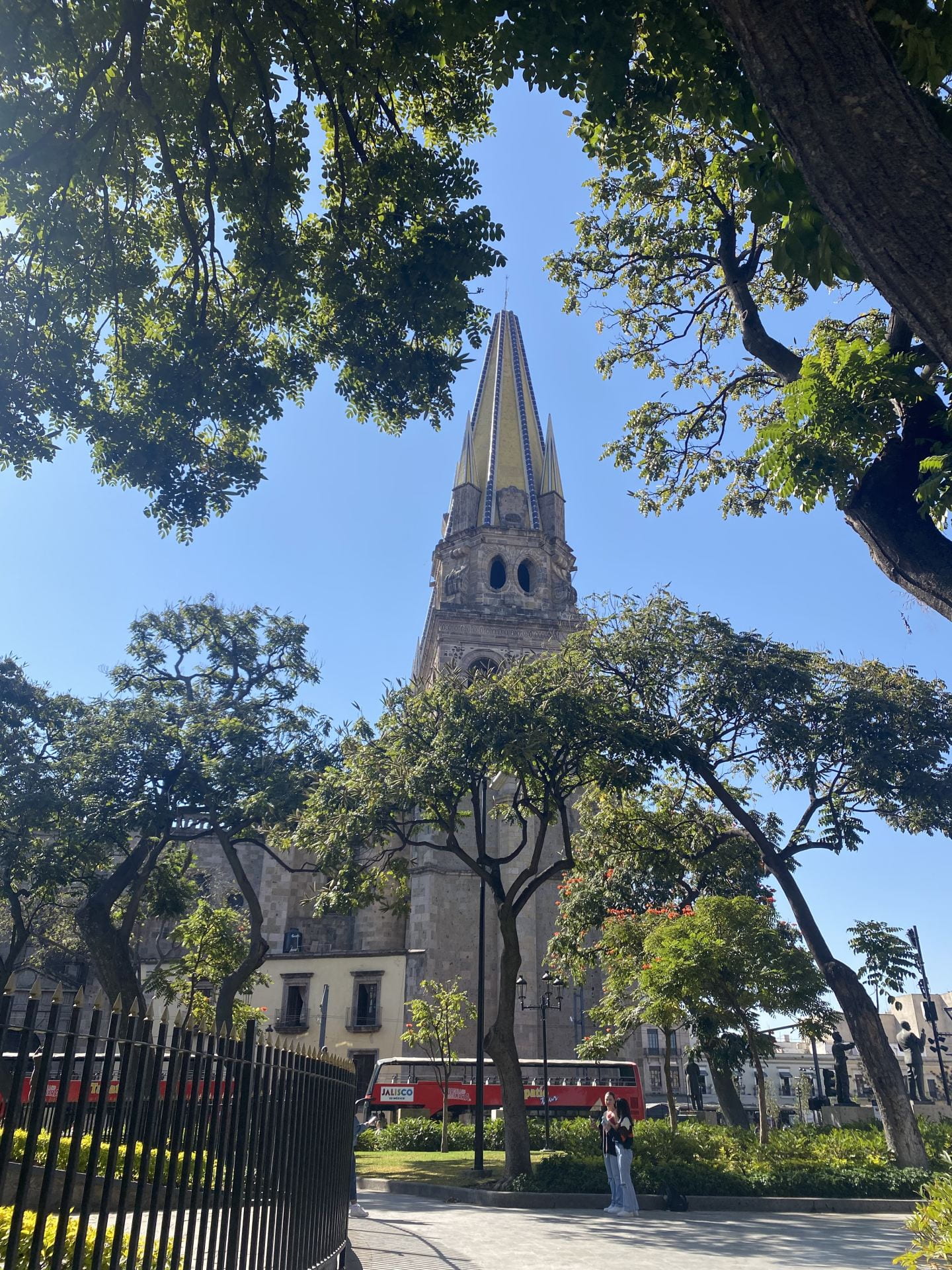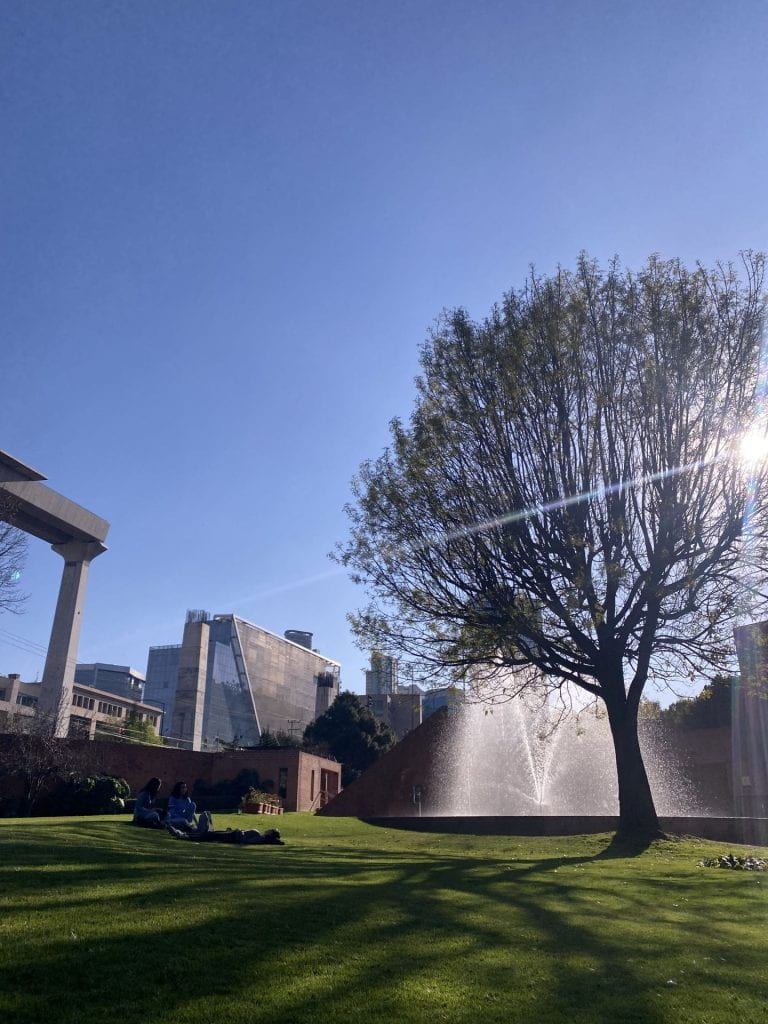
The topic of this week was poverty and inequality. This week, our classes had a more practical aspect; we developed a definition of poverty and a poverty measurement tool. In these, it was interesting to see the many different perspectives of poverty and how this varied spatially. The most surprising thing we learnt was how similar the wealth gaps are in New Zealand and Mexico. In New Zealand, Mexico is known for having a lot of extreme poverty and high corruption levels, creating a massive wealth gap. This is true – the wealthiest man in Mexico has more wealth than half of the Mexican population combined (65 million people). However, this gap is similar in New Zealand, only more hidden as poverty is less extreme. In New Zealand, the lowest 50% of earners’ average yearly income is USD$23,000, ten times more than Mexico’s average income of $2,000 a year. In comparison, the average wage of NZ’s top 10% of earners is only two times more than Mexico’s. In New Zealand, it is easy to say that other countries are a lot worse than us, and yes, we are in a very privileged position. However, it is also important to recognise that some very prominent issues are not adequately addressed. Our wealth gap should not be as large as it is.
Misconceptions of poverty can have a considerable influence on poverty politics and aid. In Mexico, many elites live in gated communities, are driven everywhere, and only interact with people in their social groups. As a result, they are less exposed to the extreme poverty that may only exist one neighbourhood over. They are not users of public services or infrastructure, and as a result, issues of unreliability and lack of safety within these services are minor issues to them. These same people are the ones in power, and without knowing the true extent of poverty, they don’t address it as a key issue. A study showed the true extent of these misconceptions. It found that people in deciles 1 and 2 (of monthly income earnt) believe they are decile 5 or 6, and people in decile 10 often believe they are only decile 6 or 7. These misconceptions influence how we empathise with each other and what we think the government should do about these inequalities. This week showed me that this wasn’t a problem confined to Mexico but is also highly prevalent in New Zealand.
These last two weeks are when the pressure starts to build up academically. Our final project on our chosen social issue is due in the last week, as well as a Spanish test to see how much we have improved. As my assignments and grades are getting cross-credited back to UoA, there is added pressure! However, our added studying has not prevented us from enjoying the culture. We had a taco stop on the way from uni on Wednesday and also managed to go out for churros twice this week! I wasn’t the biggest fan of churros back in New Zealand, but fresh ones made in Mexico accompanied by freshly made hot chocolate with real chocolate are on another level!
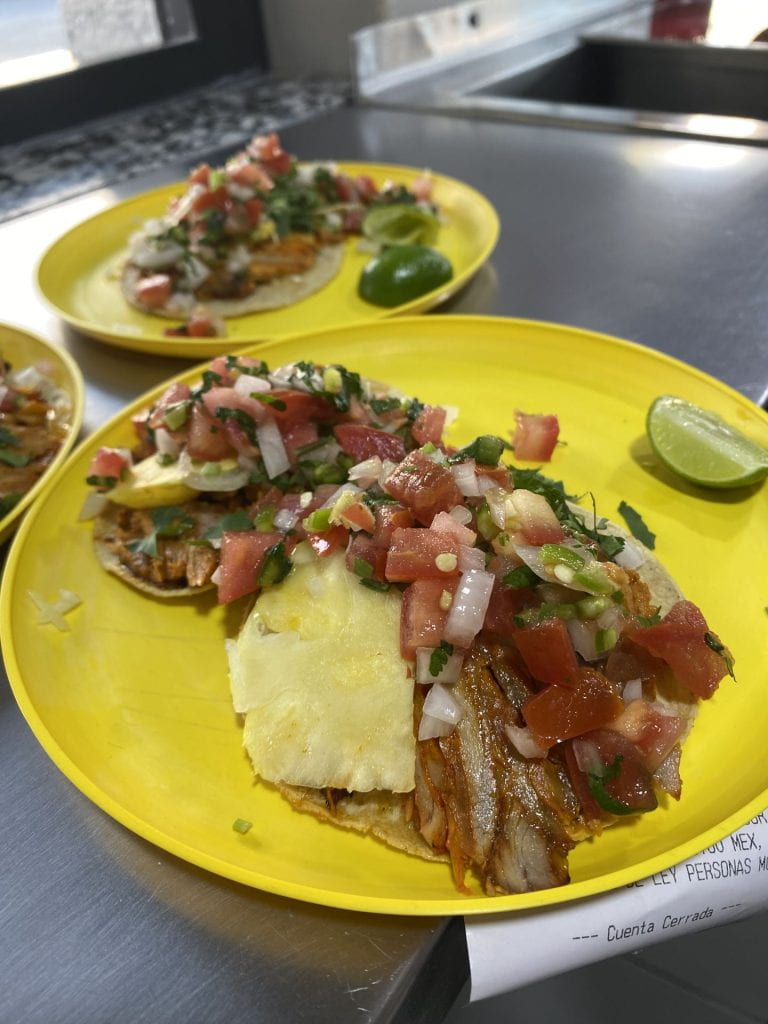
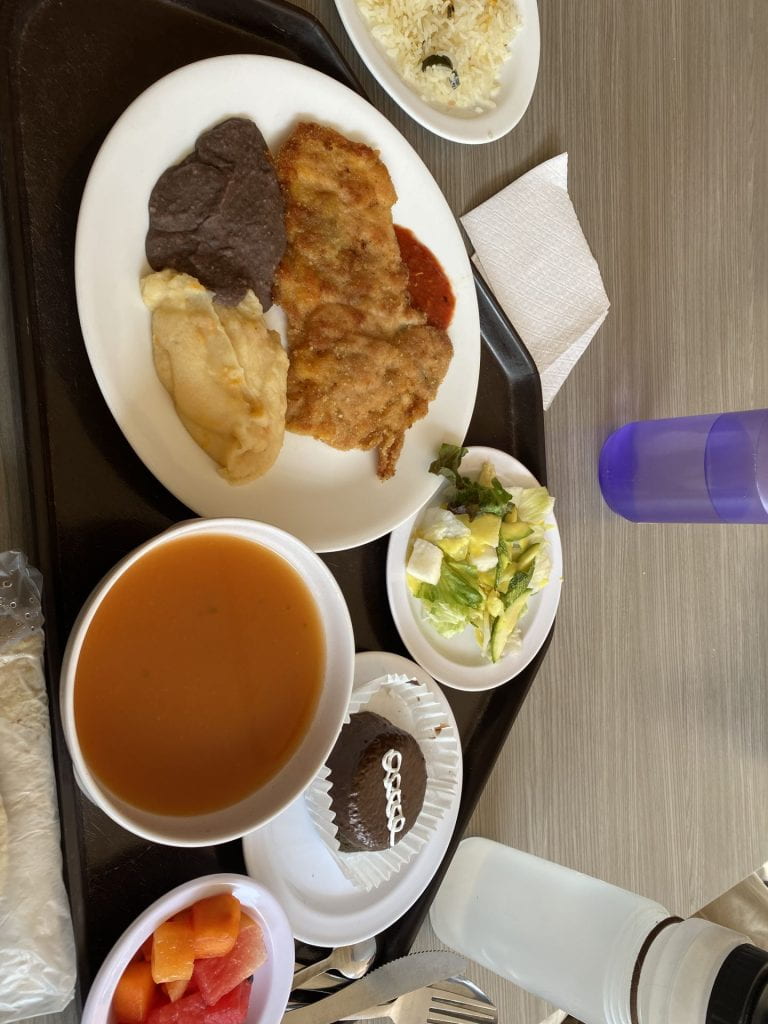
On Friday, we had our usual NGO visit this week to Centro Meneses, an organisation started by the IBERO community in 2011 to initiate community projects. They are located in Santa Fe, a neighbourhood known for its extreme wealth difference. It has both the business district (where IBERO is located) as well as impoverished communities that don’t have access to education or proper public services. Centro Menses has two branches. The first branch is an open education programme for those who can’t attend regular school, with education from primary to high school. Historically, open education in Mexico has been very basic, with students given a guide to follow and study by themselves. At Centro Meneses, the students can study at the centre and ask for help with the work. There is also the provision of extracurriculars so students can experience the social benefits of school and receive a holistic education. This has been so successful that the students recently won the local football tournament! The second part of Centro Meneses’ actions in the communities is providing psychologists, nutritionists, legal services, life workshops, and environment and sustainability workshops. These are held in the centre and out in the community, so they are accessible to more people. These projects aim to strengthen the community and build another way of living for marginalised communities. While at the centre, we participated in a cooking and nutrition workshop, helping develop recipes for the cookbook they are creating. We first harvested some ingredients from their rooftop garden and then made a salad, some quesadillas made with ‘holy leaves’ as the tortilla, peanut pesto, and kale chips, all of which were delicious. Surprisingly, the kale chips were my favourite; it turns out that adding garlic, herbs, and salt can make anything taste good!
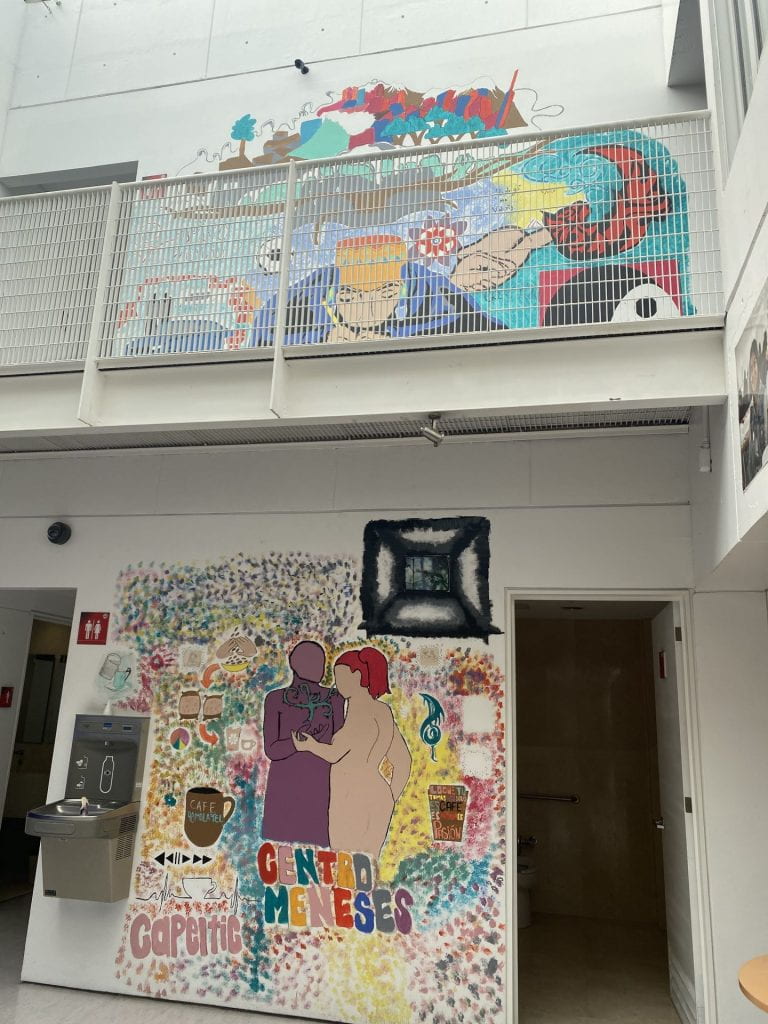
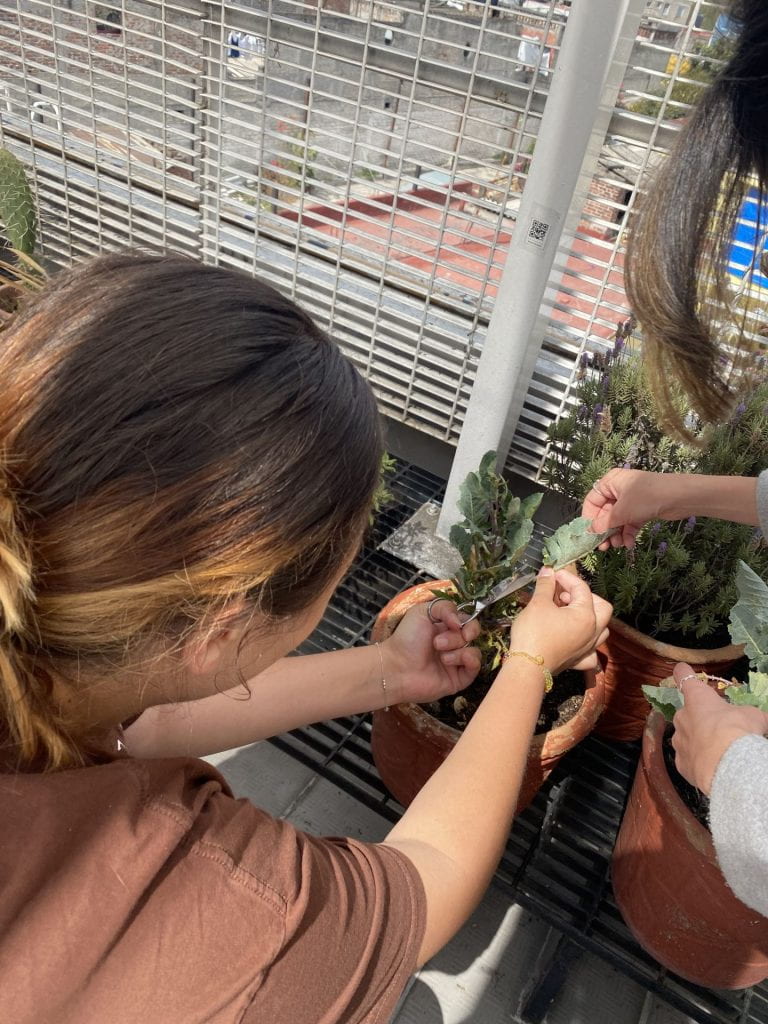
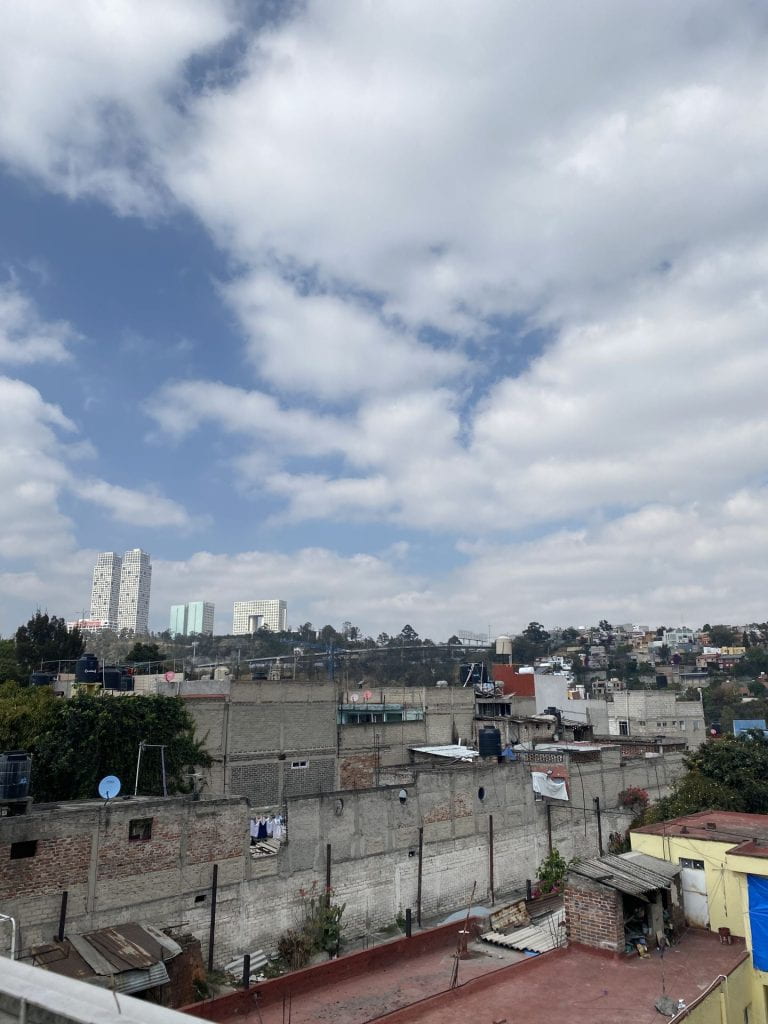
This weekend, we had our trip to Guadalajara! It was also a long weekend in Mexico to celebrate their Constitution Day. We took a late-night flight on Friday, arriving at our chosen hotel at about 1:30 am on Saturday. We were also with two other New Zealanders we met in Mexico City and are also here on Prime Minister Scholarships doing internships! Trying to make the most of our time away, we woke up at 8 am on Saturday and headed out to explore the city. We headed to the historical centre, which had a beautiful cathedral and some other cool buildings that we looked around. There were also a lot of horse-drawn carriages offering tours around the city. They looked straight out of a Disney movie, and we were very tempted but decided that it was slightly extravagant and out of our budget! After a delicious lunch on the edge of the central plaza, we returned to the hotel, where I took a two-hour nap! While it was fun to explore, the past few weeks have been full-on, and it was nice to have time to relax and do nothing. We spent the rest of the day at the rooftop pool, where we could see the whole city and enjoy the sun. We had decided not to go out at night, as despite being a known student city, we didn’t feel as safe in Guadalajara as in Mexico City. This was probably influenced by not knowing the area and staying in a less-well-off area where the hotels were cheaper. We had also heard that there was a higher level of cartel violence at the time, so we were on high alert for anything that felt slightly wrong. However, these feelings were only at night, and during the day in the touristy areas, we felt completely comfortable!
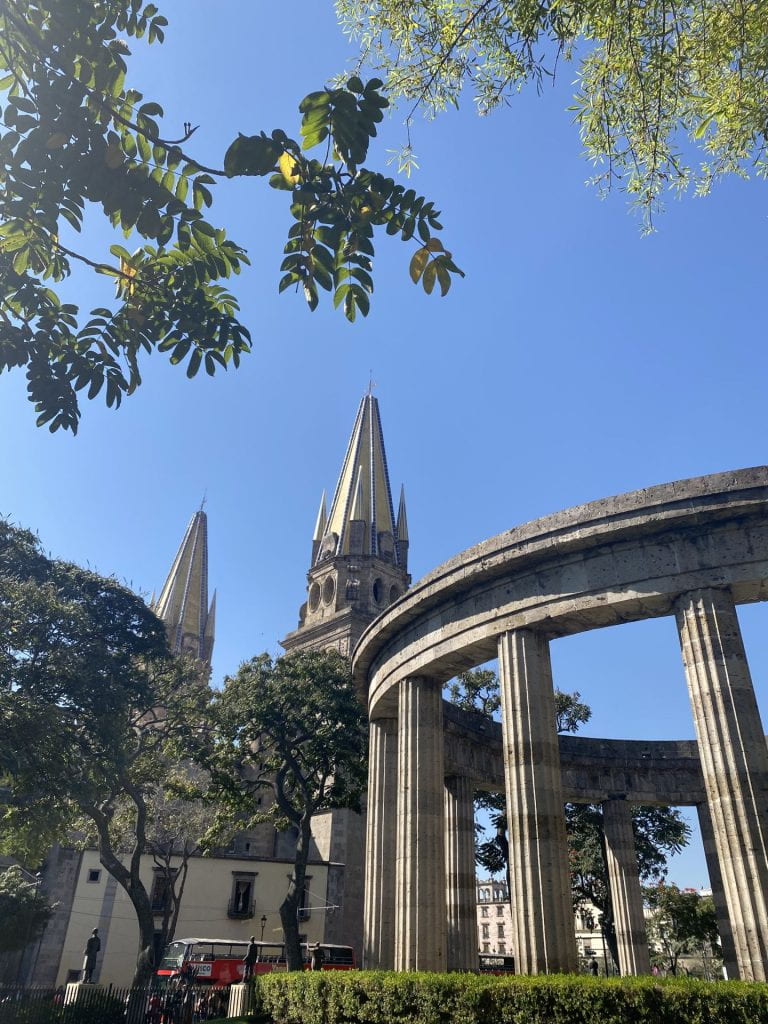
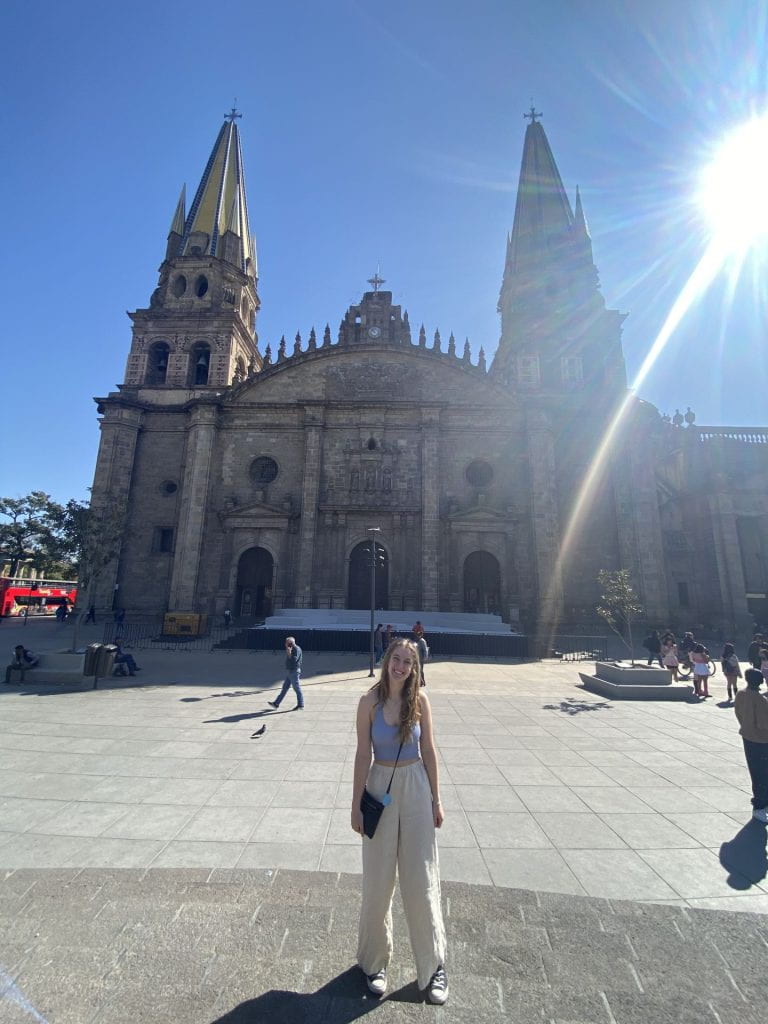
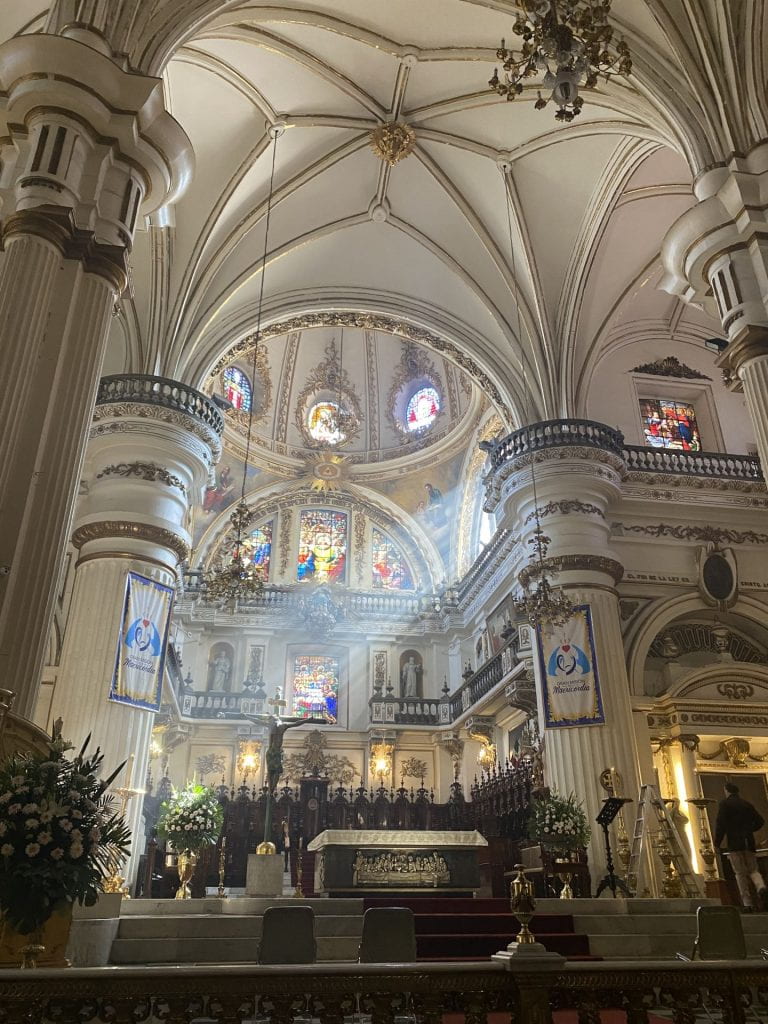
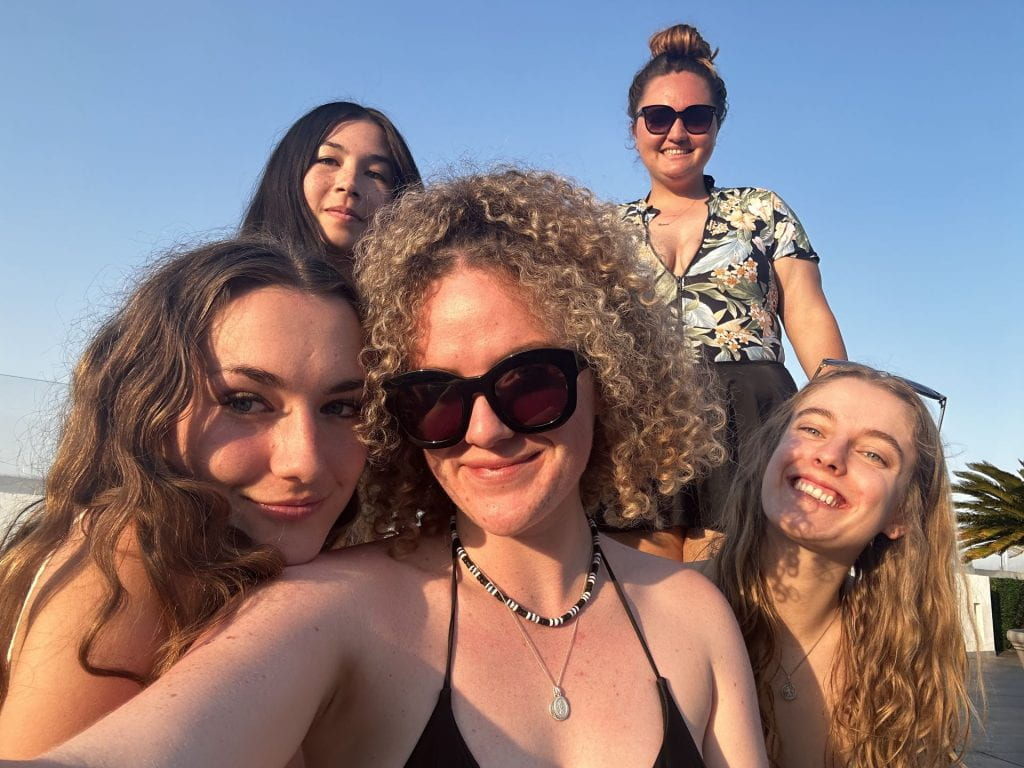
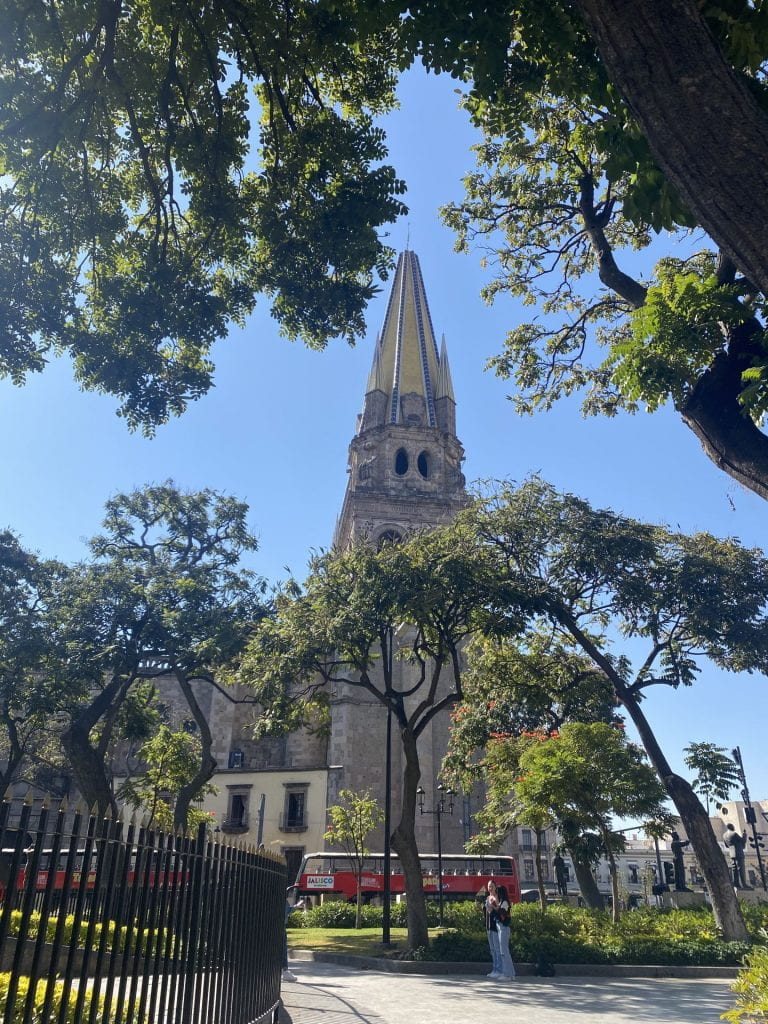
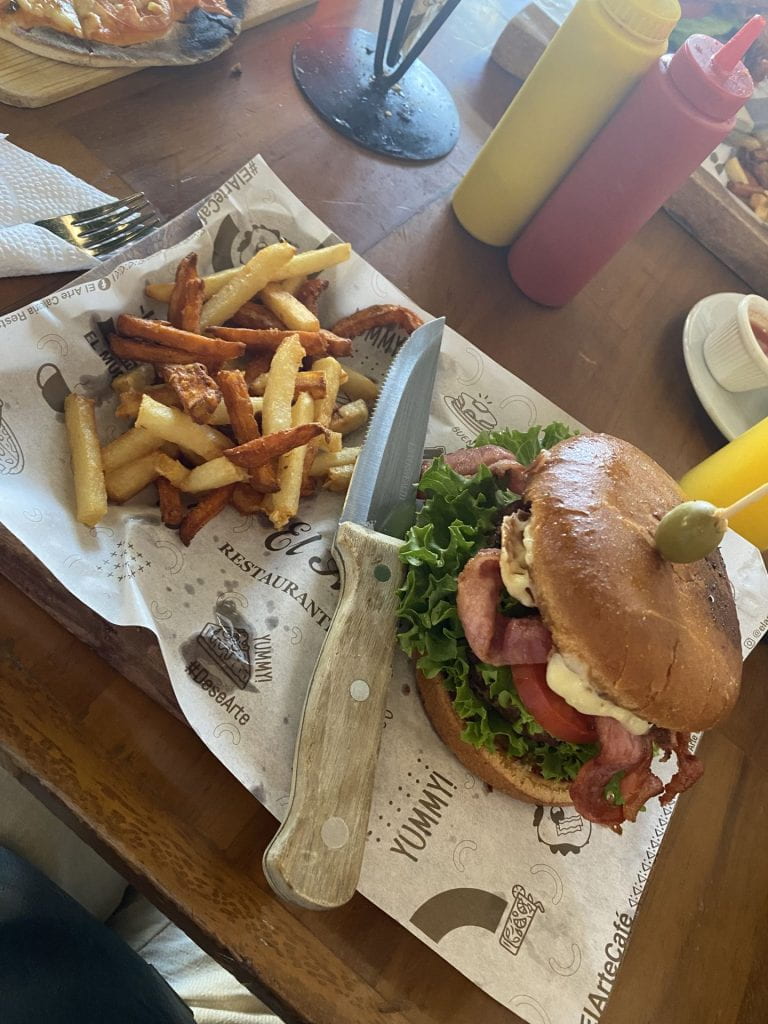
On Sunday, we organised a bus tour to a tequila distillery and some other areas before ending up in the actual town of Tequila! It was cool to see the process of how it was made and stored, all the agave fields, and the influence the drink has had on the surrounding areas. We also learnt the difference between the different types of tequila, although they all tasted pretty similar to me! We had an excellent tour guide and such a fun group that we quickly became close friends with, and overall it was such a fun day! I would definitely recommend the experience to anyone visiting the area.
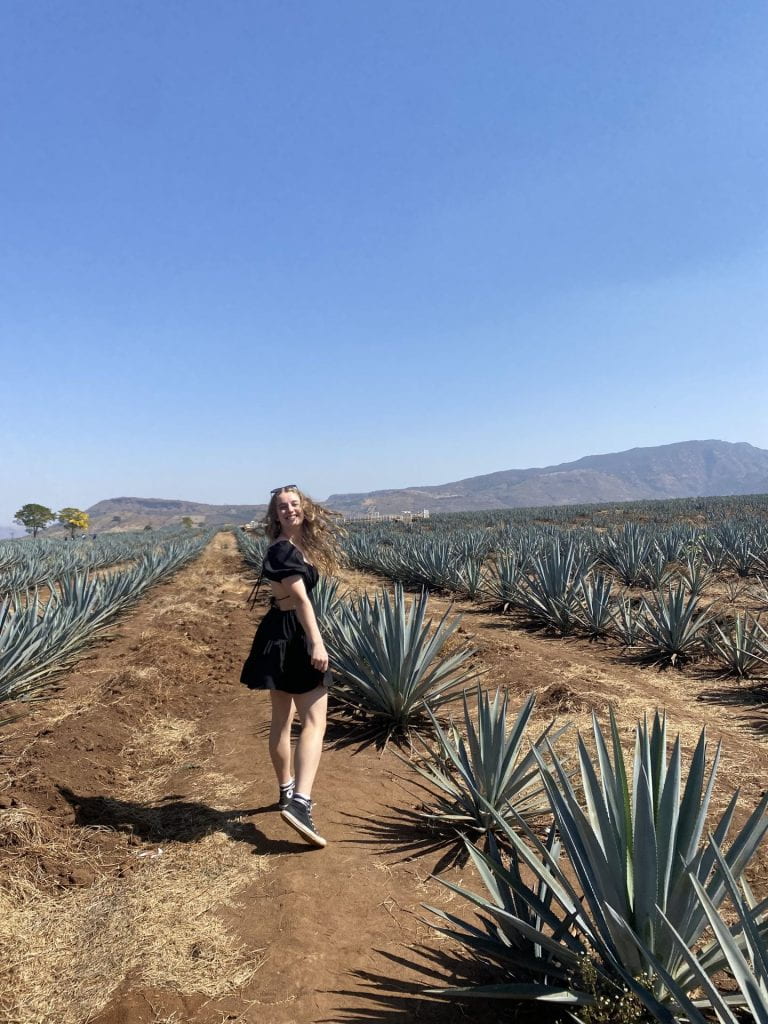

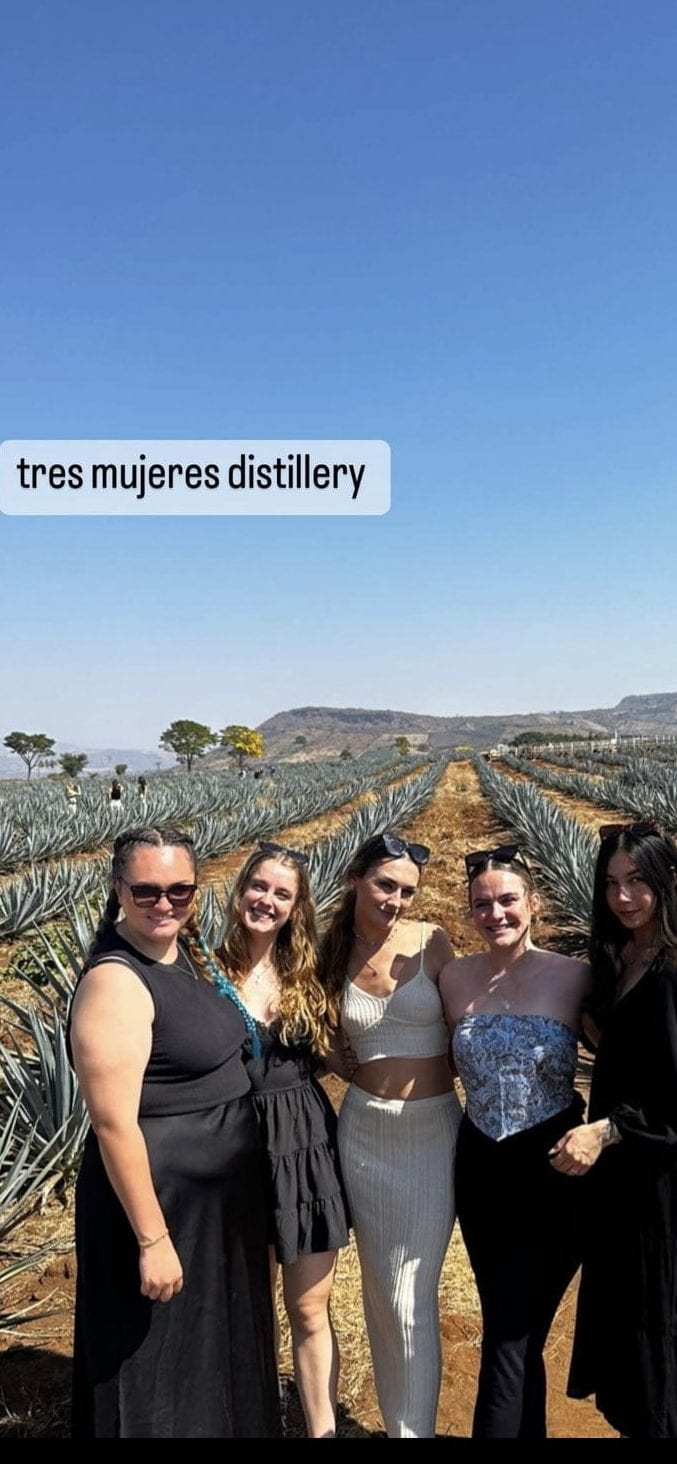
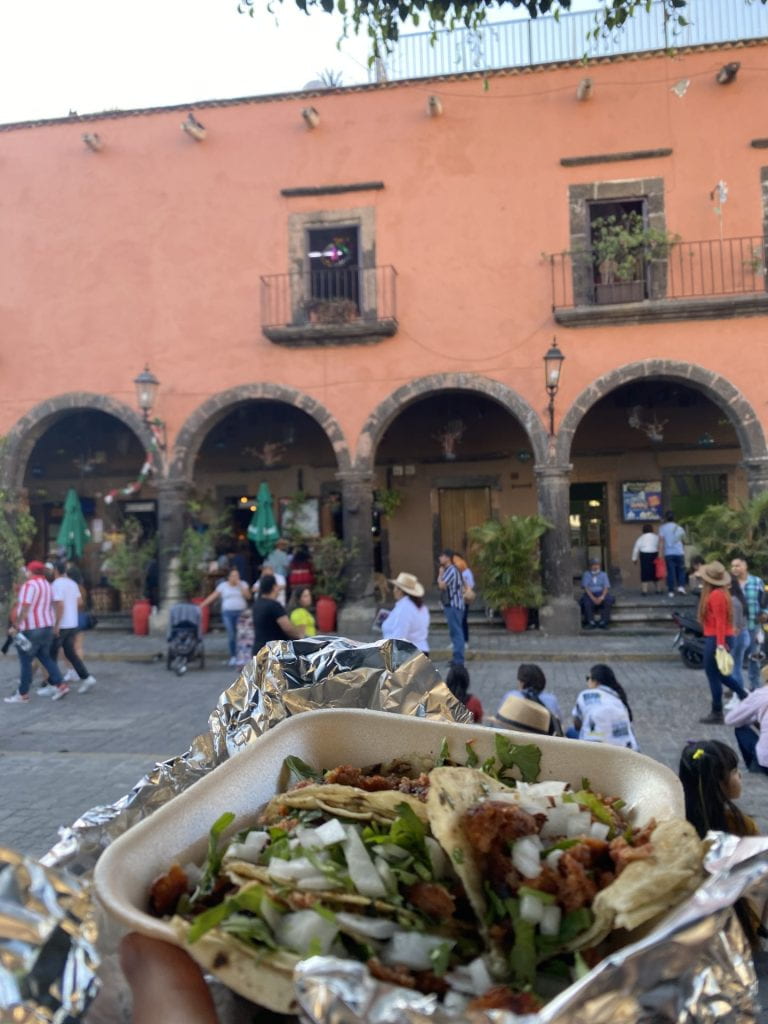
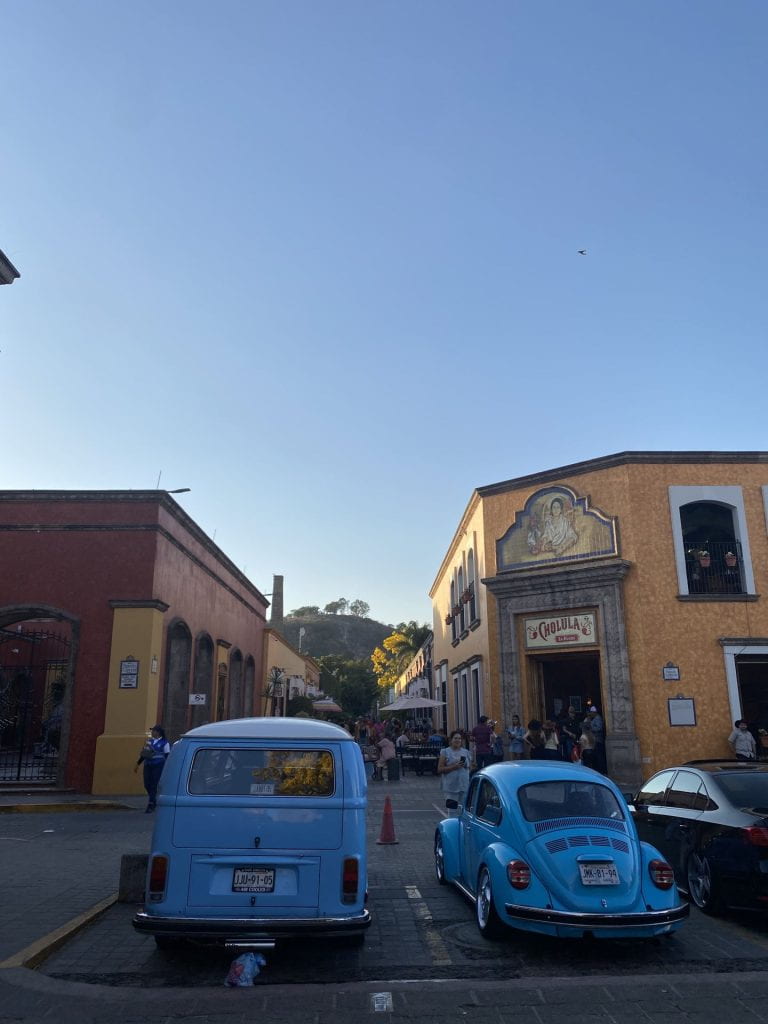
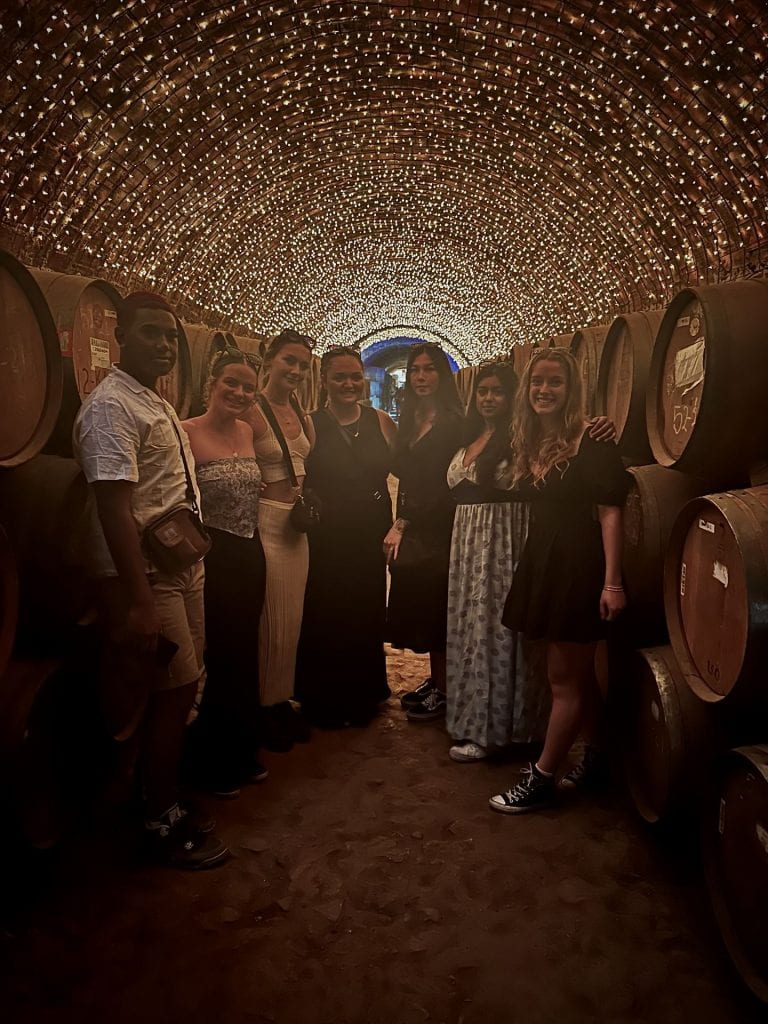
On Monday, we spent the morning at the pool before returning to the reality of grocery shopping, washing, and assignments. It was nice to get away from the big city and do something different so that we felt refreshed and ready for our last week at uni!
